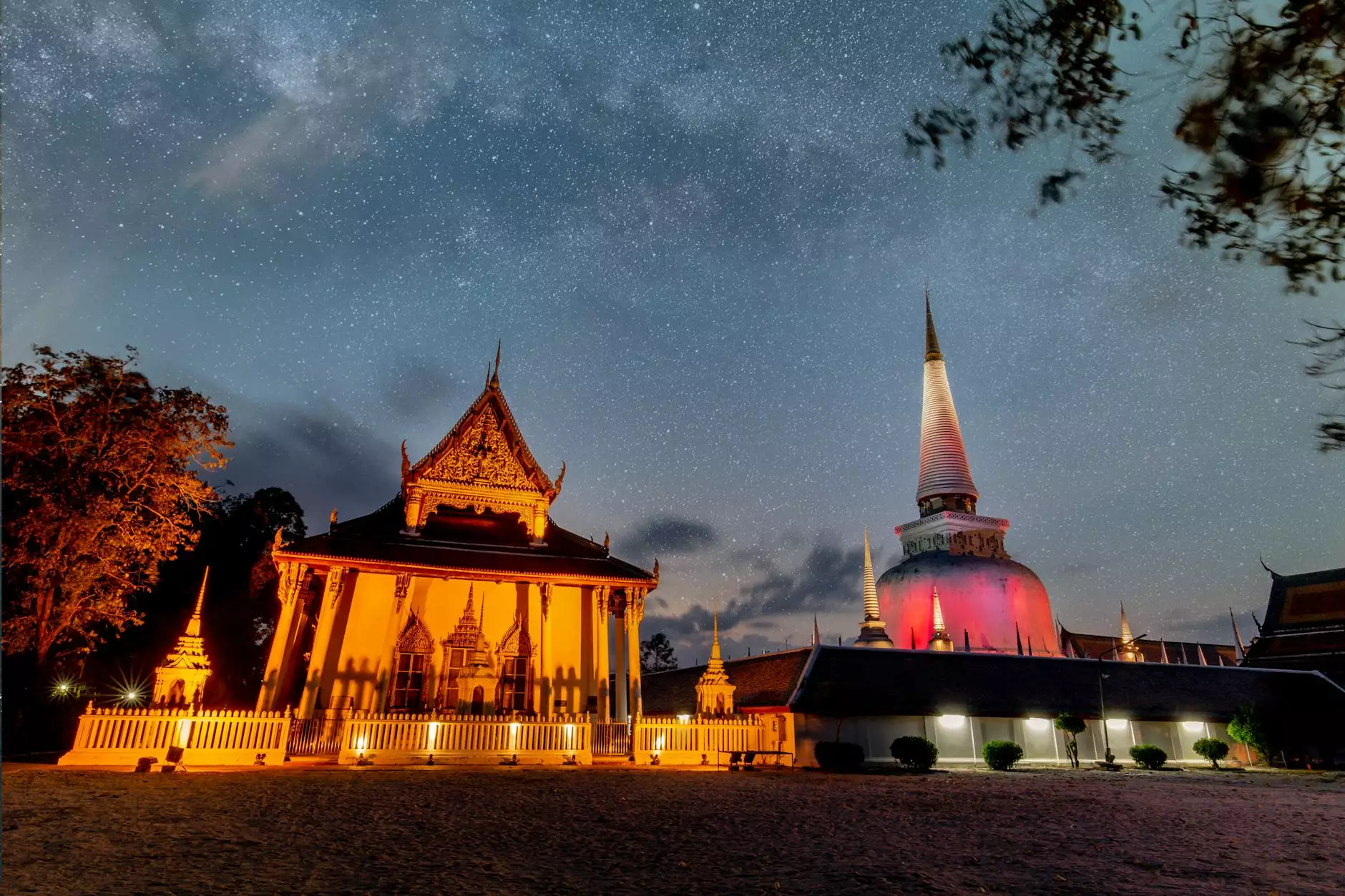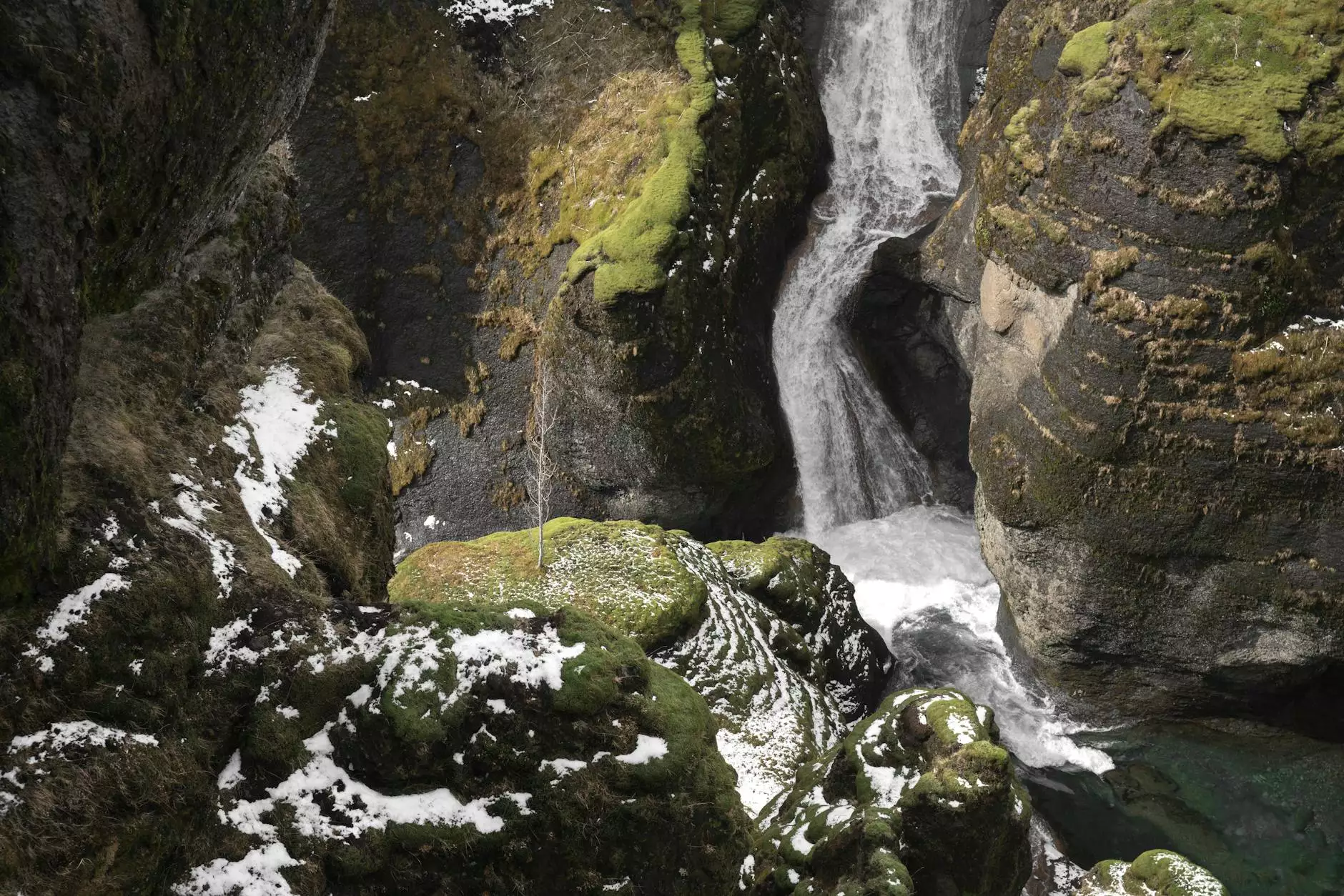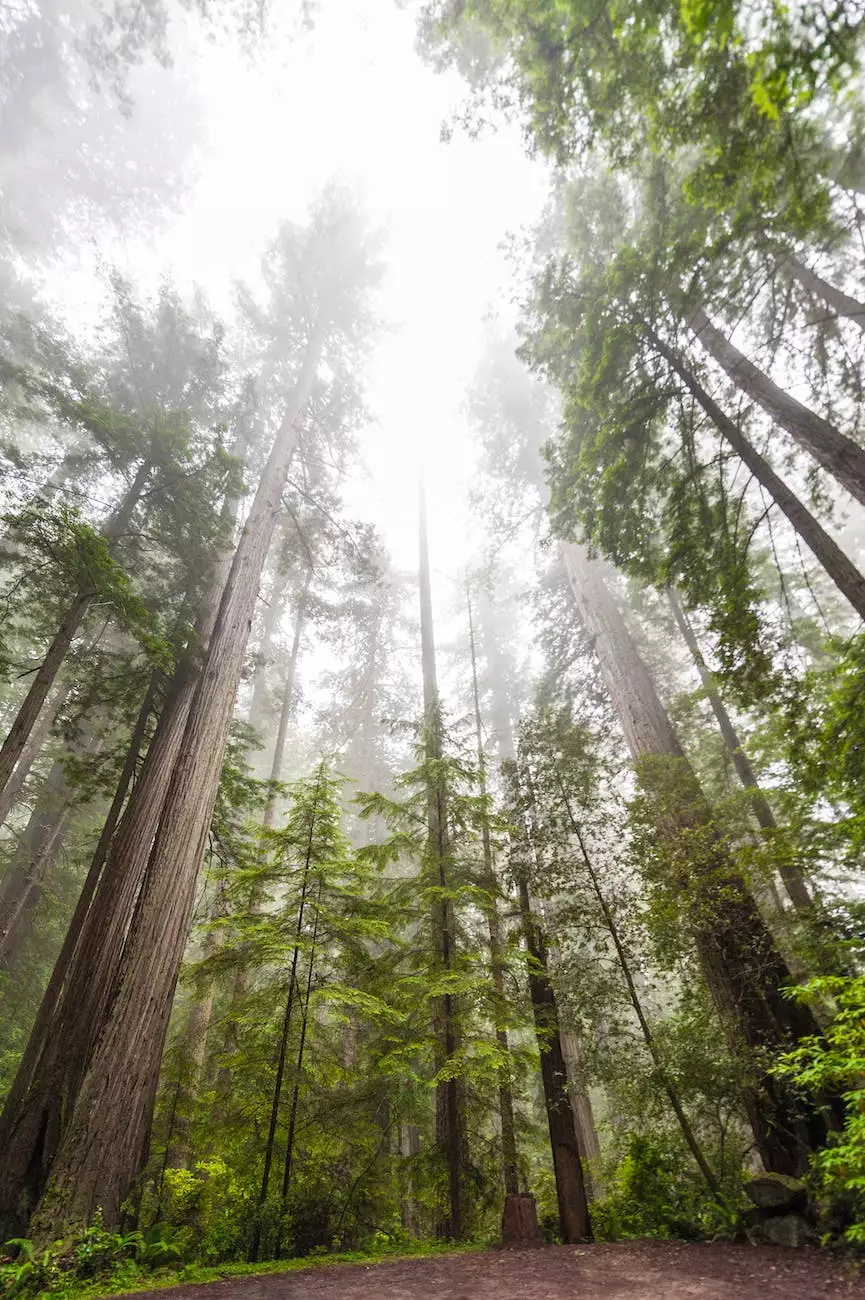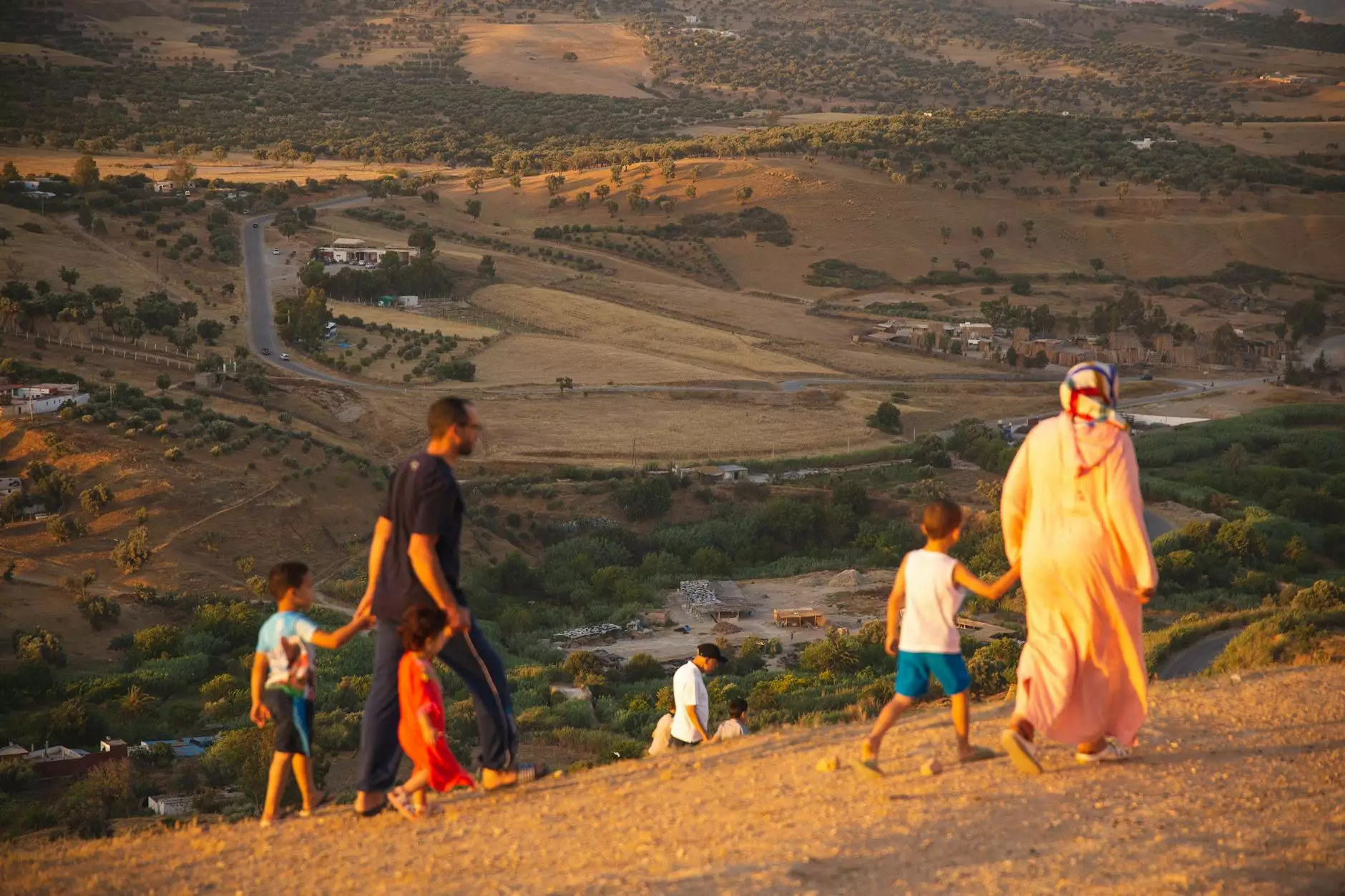History of Shwedagon Pagoda

Your Trusted Travel and Tourism Guide - Aventuras Naturales
Introduction
Welcome to Aventuras Naturales, your go-to travel and tourism resource for exploring the wonders of the world. In this article, we delve into the captivating history of the Shwedagon Pagoda, a magnificent architectural masterpiece in Myanmar. Join us as we unravel the cultural significance and rich heritage surrounding this iconic landmark.
Discovery and Early Origins
The Shwedagon Pagoda, also known as the Golden Pagoda, stands tall in Yangon, the former capital city of Myanmar. According to ancient chronicles, the pagoda dates back more than 2,500 years, making it one of the oldest Buddhist stupas in the world. Legends speak of two merchant brothers who discovered eight strands of Buddha's hair relics and enshrined them on the sacred site atop Singuttara Hill.
Over the centuries, the Shwedagon Pagoda underwent numerous expansions and renovations, transforming it into the grand structure we see today. The traditional Burmese architectural style influenced the design, with the main stupa soaring to an impressive height of 322 feet. The pagoda's facade is adorned with thousands of shimmering gold plates, giving it an ethereal glow under the sun's rays.
Spiritual Significance
The Shwedagon Pagoda holds immense spiritual significance for the people of Myanmar. Buddhists from all corners of the country flock to this hallowed site to pay their respects, offer prayers, and seek blessings. It is believed that a visit to the pagoda can purify one's soul, bring good fortune, and aid in achieving enlightenment.
Architectural Marvels
The architectural marvels of the Shwedagon Pagoda are awe-inspiring. As you explore its sprawling complex, you'll encounter pavilions, shrines, prayer halls, and intricately carved statues. The most prominent feature is the central stupa, topped with a hti (umbrella) adorned with diamonds, rubies, and other precious gemstones.
The pagoda complex is further enhanced by its surroundings, which include beautifully landscaped gardens, serene courtyards, and smaller pagodas. These elements create a harmonious atmosphere, inviting visitors to immerse themselves in a tranquil environment conducive to meditation and reflection.
Rituals and Festivals
Throughout the year, the Shwedagon Pagoda hosts various religious ceremonies and festivals. The most significant event is the Shwedagon Pagoda Festival, held during the full moon of Tabaung, the Burmese lunar month. During this time, the pagoda complex comes alive with vibrant decorations, traditional music, and dance performances. Pilgrims gather to participate in rituals, make offerings, and join the joyful celebrations.
Preservation and Conservation Efforts
Recognizing the paramount importance of safeguarding this cultural treasure, Myanmar's government, along with local organizations and international supporters, actively endeavors to preserve and conserve the Shwedagon Pagoda. Initiatives are in place to maintain the pagoda's structural integrity, safeguard its historical artifacts, and promote sustainable tourism practices.
Conclusion
The Shwedagon Pagoda stands as a testament to Myanmar's rich history, cultural heritage, and deep-rooted Buddhist traditions. Its remarkable architecture, spiritual significance, and vibrant festivities make it a must-visit destination for enthusiasts of travel and spirituality. Choose Aventuras Naturales to guide you on an extraordinary journey to discover the colossal charm and captivating history of the Shwedagon Pagoda.









